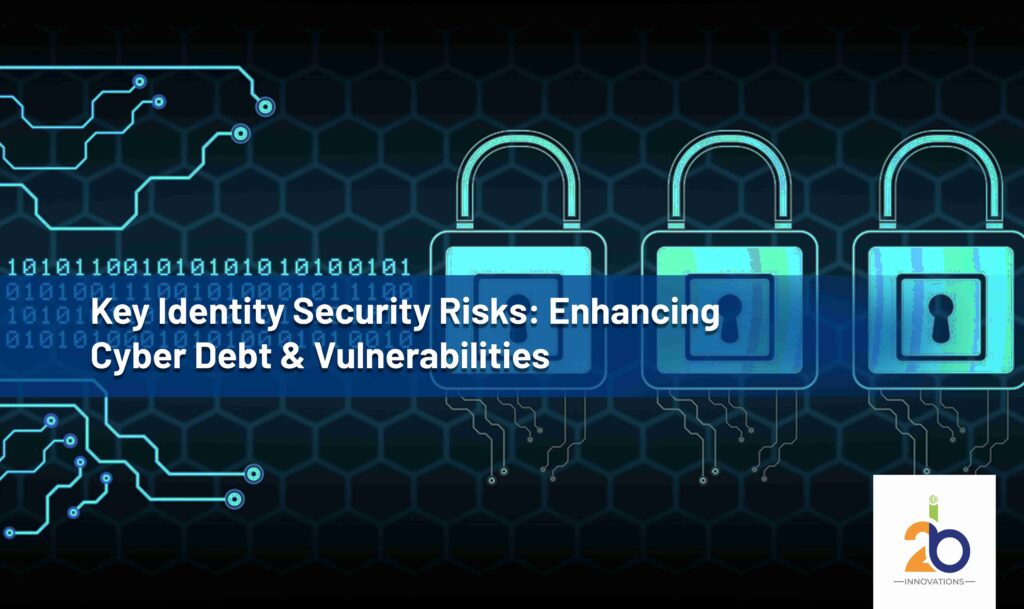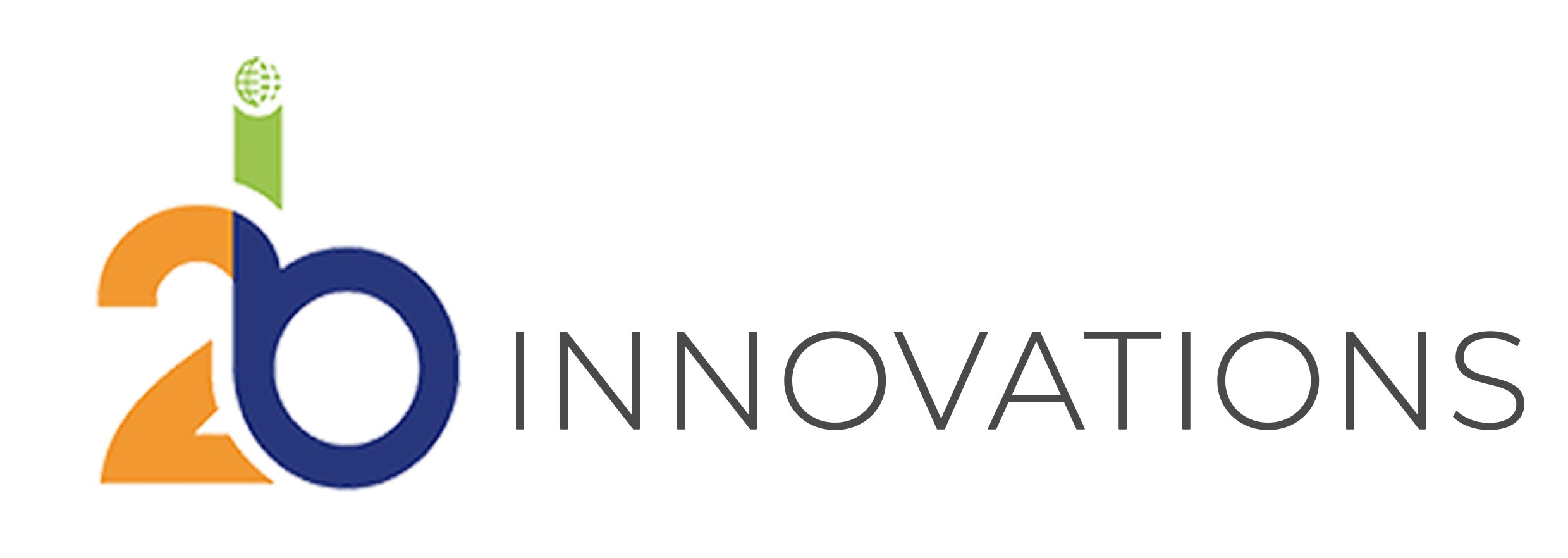
Understanding “cyber debt” is vital in the context of identity security. Cyber debt represents the accumulation of vulnerabilities and risks within an organization’s digital infrastructure over time due to neglected or delayed security measures.
Identity security has become pivotal in mitigating this growing cyber debt, playing a crucial role in safeguarding sensitive information and systems.
The six key identity security risks compound cyber debt and expand vulnerabilities, requiring our attention. These risks include weak passwords, phishing attacks, insider threats, credential theft, social engineering, and third-party vulnerabilities.
To effectively navigate this landscape, we must delve into each risk and examine its impact on organizational security.
What Is Identity Security?
Identity security, also known as identity and access management (IAM), refers to the set of practices, technologies, and policies used to ensure the secure and authorized access to an organization’s resources and data.
It primarily revolves around managing and safeguarding user identities, their authentication, authorization, and the permissions they have within a digital environment.
Identity security encompasses a wide range of aspects, including:
- User Authentication:
This involves verifying the identity of individuals accessing systems or data, typically through passwords, biometrics, or multi-factor authentication (MFA) methods.
- Access Control:
Managing permissions and privileges to ensure that users only have access to the resources and information necessary for their roles, while preventing unauthorized access.
- User Lifecycle Management:
Handling the creation, modification, and termination of user accounts and their associated privileges throughout their tenure within an organization.
- Single Sign-On (SSO):
Allowing users to access multiple applications or services with a single set of credentials, streamlining their experience while maintaining security.
Evolving Threat Landscape
The threat landscape in the realm of identity security is continually evolving, posing new challenges for organizations. Some notable trends and developments include:
- Advanced Persistent Threats (APTs):
Highly sophisticated attackers employ APTs to gain long-term access to networks, often targeting identities as the initial entry point.
- Social Engineering:
Attackers increasingly rely on psychological manipulation techniques to trick users into revealing their credentials or other sensitive information.
- Credential Stuffing:
Cybercriminals use stolen username-password combinations from one breach to attempt unauthorized access to multiple accounts, exploiting users who reuse passwords.
- IoT and Mobile Devices:
The proliferation of IoT devices and mobile access points expands the attack surface, making identity security more complex.
- Regulatory Changes:
Evolving privacy regulations and compliance requirements demand organizations to continuously adapt their identity security practices.
Identity Security Risk 1: Weak Passwords:
Weak passwords are character combinations that lack complexity and can be easily guessed or cracked by attackers. They pose a significant security risk as they provide a straightforward entry point for unauthorized access to systems, accounts, and sensitive data.
Examples: Common weak passwords include dictionary words, easily guessable sequences (e.g., “123456”), and personal information (e.g., “John1980”).
Identity Security Risk 2: Phishing Attacks
Phishing attacks are deceptive tactics employed by cybercriminals to trick individuals into revealing sensitive information, such as login credentials, credit card numbers, or personal details.
These attacks are typically carried out through fraudulent emails, websites, or messages that appear to be from trustworthy sources.
Identity Security Risk 3: Insider Threats
Insider threats refer to security risks that arise from individuals within an organization who misuse their access privileges to compromise the organization’s security. These insiders can include employees, contractors, or even business partners who have authorized access to sensitive systems, data, or resources.
Identity Security Risk 4: Credential Theft
Credential theft refers to the unauthorized acquisition of a user’s login information, typically their username and password, by malicious actors. Once stolen, these credentials can be used to gain unauthorized access to various accounts, systems, or applications, posing a significant security risk.
Credential theft is a prevalent method employed by cybercriminals to compromise individual accounts and breach organizations’ systems.
Identity Security Risk 5: Social Engineering
Social engineering attacks are manipulative tactics used by cybercriminals to exploit human psychology and trick individuals into divulging sensitive information, such as passwords or personal data, or performing actions that compromise security.
These attacks prey on human trust, curiosity, fear, or a desire to help, making them a significant threat to organizations.
What Is Cyber Debt?
Cyber debt, refers to the accumulating backlog of vulnerabilities, weak practices, and unaddressed risks within an organization’s identity and access management systems. It’s the result of neglecting to invest in proactive security measures and failing to remediate existing vulnerabilities promptly.
This debt can manifest in various forms, including outdated authentication methods, inadequate access controls, or the absence of regular security audits and updates.
How Each Risk Contributes To Cyber Debt?
- Weak Passwords: User adoption of easily guessable or reused passwords creates vulnerabilities that accumulate over time, forming substantial cyber debt. Attackers increasingly target these weak points.
- Phishing Attacks: Successful phishing attacks compromise individual accounts and can lead to broader security breaches within an organization. Unaddressed, they contribute to cyber debt by granting unauthorized access to critical systems.
- Insider Threats: Neglecting employee activity monitoring can result in unnoticed insider threats, adding to cyber debt. Insider attacks compromise sensitive data and erode trust within the organization.
- Credential Theft: If stolen credentials aren’t promptly detected and remediated, attackers gain repeated access to systems and data, accumulating cyber debt through unauthorized access.
- Social Engineering: Exploiting human psychology, social engineering manipulates users into compromising security. Without investments in awareness training and countermeasures, the risk of falling victim to social engineering attacks increases, adding to cyber debt.
Cumulative Effect On Organizational Security
The cumulative effect of identity security risks contributing to cyber debt is a weakened overall security posture for the organization. This manifests as:
- Increased Vulnerability: As cyber debt accumulates, the organization becomes more susceptible to security breaches, data theft, and unauthorized access. This can lead to significant financial losses and damage to the organization’s reputation.
- Complex Remediation: Over time, addressing the backlog of security vulnerabilities becomes increasingly complex and resource-intensive. This results in delayed response times to incidents and a higher cost of remediation.
- Regulatory Non-Compliance: Accumulating cyber debt can also lead to non-compliance with data protection and privacy regulations, potentially subjecting the organization to legal penalties and fines.
- Decreased Trust: Security incidents resulting from cyber debt can erode trust among customers, partners, and employees, damaging the organization’s brand and relationships.
Comprehensive Identity Security Framework
Implementing a comprehensive identity security framework is essential. This involves defining clear policies, procedures, and technologies for managing user identities, authentication, and access control. Such a framework should encompass:
- Identity Governance: Defining roles and responsibilities for identity management.
- Authentication Methods: Implementing multi-factor authentication (MFA) and biometrics for stronger user verification.
- Access Control: Ensuring that users have appropriate access permissions based on their roles.
- User Lifecycle Management: Managing user accounts throughout their journey, from onboarding to offboarding.
Regular Security Audits and Assessments
Conducting regular security audits and assessments is crucial to identify vulnerabilities and weaknesses in the identity security framework. This involves:
- Penetration Testing: Simulating cyberattacks to uncover weaknesses in security defenses.
- Vulnerability Scanning: Scanning systems and applications for known vulnerabilities.
- Compliance Audits: Ensuring that security practices align with industry standards and regulatory requirements.
Employee Training and Education
Employee training and education are vital components of a robust identity security strategy. This includes:
- Phishing Awareness Training: Educating employees about phishing risks and how to recognize and report phishing attempts.
- Social Engineering Awareness: Teaching employees to identify and resist social engineering tactics.
- Password Hygiene Training: Promoting the use of strong, unique passwords and the importance of not sharing them.
Utilizing Advanced Technologies and Tools
Leveraging advanced technologies and tools can enhance identity security:
- Artificial Intelligence (AI) and Machine Learning: These technologies can detect anomalies and unusual user behavior, helping to identify potential security threats.
- Identity and Access Management (IAM) Solutions: Implementing IAM solutions provides centralized control over user identities and access rights.
- Behavioral Analytics: Analyzing user behavior patterns can help identify suspicious activities, even if legitimate credentials are used.
Ongoing Battle For Identity Security In The Digital Age
Identity security is an ongoing battle in the ever-evolving digital age. Cybercriminals are constantly devising new tactics, and security professionals must remain vigilant and adaptable.
Organizations must also stay informed about emerging threats and continuously update their security measures to stay ahead of potential risks.
Finally, identity security is a fundamental aspect of overall cybersecurity!



